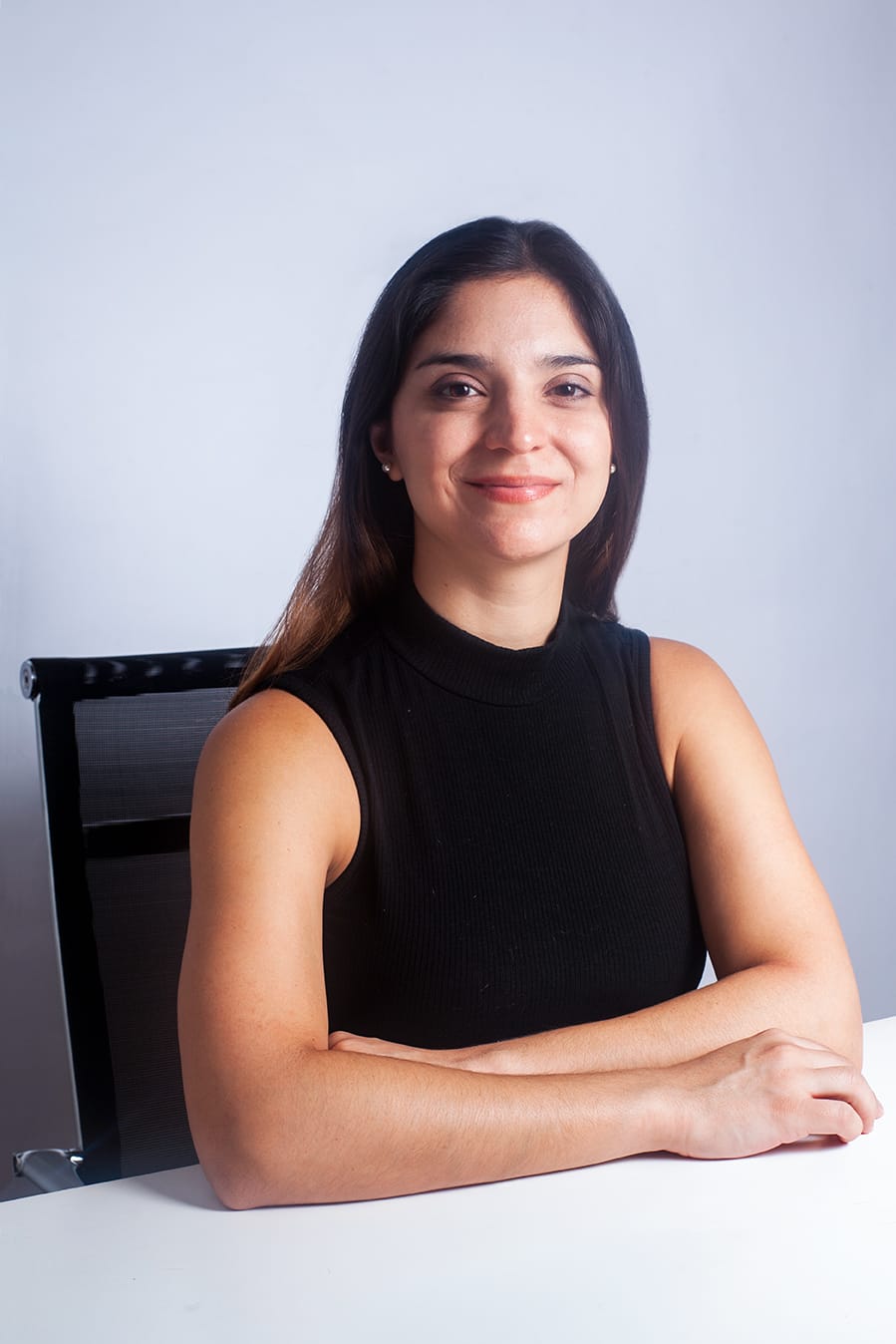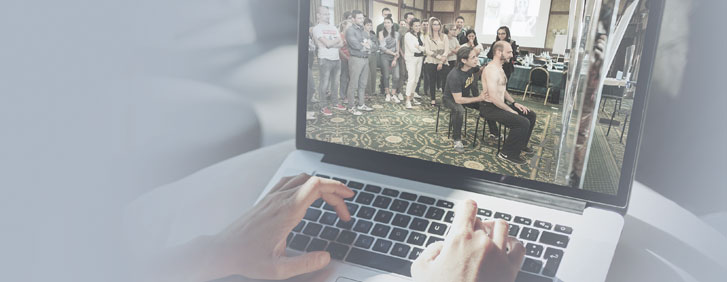The interview

Celina Vargas Arguedas, Costa Rica
What is your profession?
I am a specialist in Physical and Rehabilitation Medicine (PRM) in Costa Rica.
I work in the National Children´s Hospital of my country, one of the biggest and most important hospitals of Costa Rican Social Security (the “Caja Costarricense del Seguro Social” or “La Caja” as it is known). La Caja is not just a medical provider; it is a democratic security system that provides government-supported programmes to face basic human rights, for example:
· Special protection for children: every child from 0 to 18 years of age, born in or out of Costa Rica, is protected by the Caja without any fee. This includes all medical services and an obligatory vaccination scheme.
· Special protection for pregnant women
· Retirement programs: every worker in Costa Rica must be duly enrol with the Caja system; both the employer and the employees are required to contribute to this programme
· Free health care services: every person that is registered with Social Security is entitled to receive free health care services, regardless of the complexity of the pathology (oncological, traumatic, genetic, etc.)
How is the rehabilitation treatment of spine diseases managed in your country?
The largest medical provider in Costa Rica is La Caja, which has national, regional, and peripheral hospitals throughout the country. In each region, there is at least one rehabilitation team. These teams are made up of one or more PRM professionals, as well as professionals in physical therapy, social work, and psychology. In some more complex centres, we also have occupational therapy. Furthermore, in the most specialised centres, in addition to the rehabilitation team, we have spine surgeons who attend to cases that require surgical management.
Scoliosis: how is it treated?
In my institution, the paediatrician or family doctor refers patients with suspected scoliosis to PRM. The rehabilitation doctor evaluates the case, defines what type of scoliosis it is, and establishes the approach according to the SOSORT 2016 guidelines: observation, PSSE, brace, or referral to the surgeon. When the cases are complex and cannot be managed adequately at a peripheral level, they are referred to specialised hospitals: children go to the National Children's Hospital, and adult patients go to the National Rehabilitation Center (CENARE) or to Hospital San Juan De Dios.
In the National Children's Hospital of Costa Rica, we work with a multidisciplinary team. This team is made up of 4 PRM, 2 paediatric orthopaedic surgeons (specialised in spine surgery), 6 physical therapists, and 1 occupational therapist. If the magnitude of the curve is still below 45°, the PRM is the team leader. If the curve is for surgical management, the surgeon assumes that role. However, the PRM specialist continues to manage some issues (prescription of exercises and orthoses, pain management, prehabilitation before surgery, and postsurgical rehabilitation). In some cases, we also involve psychologists and social workers, as well as an educator, if there are issues to be resolved at the school level (bullying problems, accessibility problems, adaptation problems, etc.), and, in the case of surgery, the patient must receive temporary home education.
In our case, the orthotist does not work for the same institution (they usually work for private enterprises), but before the brace is approved, the orthosis has to accomplish the objectives requested by the team. If it is not well executed, the institution will not pay for the brace until it is correctly made. This forces the orthoses enterprises to work as a team with us and fulfil certain standards for their products.
What aspects of actual clinical practice would you like to see improved in your country?
I think that at an institutional level, we still have to work to have an orthotist and an educator as active and permanent members of the multidisciplinary team. In the end, each professional has a key role, and none is more important than the other: We all fulfil together the objective of providing the best approach to the patient. I would also like to improve the brace construction. There are few orthotists in the country who are familiar with this type of orthosis, and they are centralised in the city. Since there are few of them, they have a heavy workload and deliver the products up to 3 months after their prescription. Additionally, scoliosis management should be standardised at a national level, creating guidelines that include both rehabilitation teams and spine surgeons. Currently, each specialised centre has its own management protocol.
What do you believe you can learn from this course, and how can you use the new concepts in your regular clinical work?
From my point of view, this course is a unique opportunity to update myself with some of the best experts in scoliosis and spine rehabilitation. I have learnt innovative diagnostic and treatment techniques. This gives me tools to update the care of patients with scoliosis in my country. Then, this master gives me the opportunity to share with rehabilitation professionals from other countries. Some of them work in similar conditions as me, which has helped me find different alternatives when I do not have the same technology or resources that the international guides propose.
Finally, since it is an online course, it is more financially accessible to me, and it allows me to continue fulfilling my work obligations while taking it.

